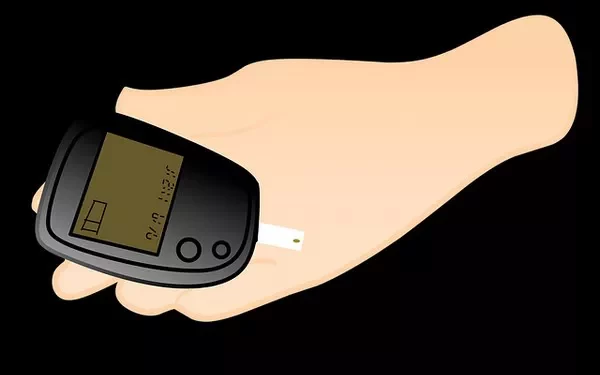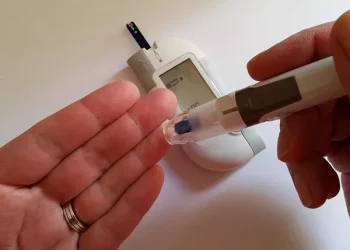A recent study suggests that rare sugars, including specific ketohexoses and aldohexoses, could play a role in controlling appetite and addressing obesity and metabolic diseases. Research conducted by scientists in Japan has revealed that certain rare sugars can stimulate the release of glucagon-like peptide-1 (GLP-1), a hormone involved in appetite regulation, and reduce food intake in mice, potentially paving the way for new treatments for type 2 diabetes (T2D) and obesity.
The study, published in Nutrients, focused on the effects of several rare sugars—three ketohexoses (D-allulose, D-tagatose, D-sorbose) and one common sugar (D-fructose), as well as two aldohexoses (D-glucose, D-allose)—on GLP-1 secretion and food consumption in male mice. Researchers observed that these sugars significantly boosted GLP-1 levels and reduced food intake, with D-allulose showing the most potent effect at a dose of 3g/kg.
Rare sugars, which occur in nature in very low quantities, are noted for their sweet taste but poor metabolism in humans, leading to lower calorie absorption. Due to their unique properties, rare sugars have garnered interest as potential substitutes for regular sugars like glucose and fructose, particularly in combating the global obesity crisis. With increasing industrial production of these sugars, particularly through a cost-effective chemical process, researchers are exploring their broader potential.
The study’s findings demonstrate that ketohexoses, in particular, were highly effective at increasing GLP-1 secretion—by up to six times compared to control groups—depending on the dosage. Interestingly, while D-allose did not show a significant increase in GLP-1 levels, it still led to a reduction in food intake, suggesting it may operate through a GLP-1-independent mechanism. This discovery was further supported by experiments involving GLP-1 antagonism, which confirmed that D-allose’s effect on appetite suppression did not rely on GLP-1 signaling.
Food intake was suppressed for approximately six hours after administration of these sugars, though the effects did not persist beyond that period. Importantly, the suppression of food intake was most pronounced with higher doses, and the effect was dose-dependent. However, by the 24-hour mark, normal food consumption levels were restored.
These results underscore the potential of rare sugars as functional foods that could help address the ongoing obesity and metabolic disease pandemics by promoting better glycemic control and curbing overeating. While these findings are promising, further human trials are necessary to confirm the long-term safety and effectiveness of rare sugars in managing metabolic conditions.
Related topics:
Aspirus Portage Clinic Hosts Diabetes Awareness Event to Empower Community
Link Between New-Onset Type 2 Diabetes and Obesity-Related Cancer Risk Explored
Can Diabetics Safely Enjoy Ice Cream? Here’s What Experts Recommend

























